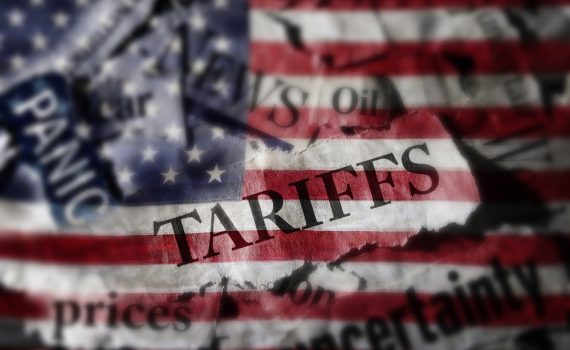Early in the week, markets notched steady gains as investors awaited key economic indicators and monitored ongoing trade discussions. Megacap tech names—particularly AI chipmakers—led the broader market higher, as sentiment stayed bullish on prospects for a U.S.-China trade deal.
Gerry Sparrow
Stocks pushed higher on Monday as investors cheered weekend news that the US and China temporarily agreed to back off steep reciprocal tariffs
The rally accelerated on Friday as a better-than-expected April jobs report eased some concerns about the economy’s strength.
Stocks were under pressure following comments from Fed Chair Powell, who expressed concern about the ability of the Fed to balance its inflation and employment goals given the current trade situation.
Stocks ended the week with a strong gain as traders continued to focus on tariff talks while appearing to overlook upbeat news on inflation.
Stocks rallied the first half of the week as markets tried to anticipate the potential impact of tariffs previously announced by the White House. Soon after the closing bell on Wednesday, President Trump’s new tariffs surprised markets.
Amid all the market turbulence of late, the Fed was a steadying influence. Stocks notched a solid gain last week as upbeat comments from the Fed helped stocks snap their four-week losing streak.
By Tuesday's close, all three averages were down 3 percent on the week, and the S&P had given up its post-election gains. Stocks fell as tariffs affected Canada, Mexico, and China. Each country announced retaliatory tariffs of their own, further fanning inflationary fears among investors.
The week began under pressure after the White House said 25 percent tariffs on Mexico and Canada would begin after the 30-day pause ends in early March.
Investors were forced to navigate a week of disappointing news about the economy and inflation as the S&P 500 Index declined 1.66 percent, while the Nasdaq Composite Index dropped 2.51 percent.
Stocks advanced last week despite some intra-week volatility, punctuated by comments from Fed Chair Powell, who said the central bank doesn’t “need to be in a hurry” to lower interior rates further.
The markets were caught off guard by the new AI startup based in China - but was it a “black swan” event or just another development in the fast-moving world of AI?











